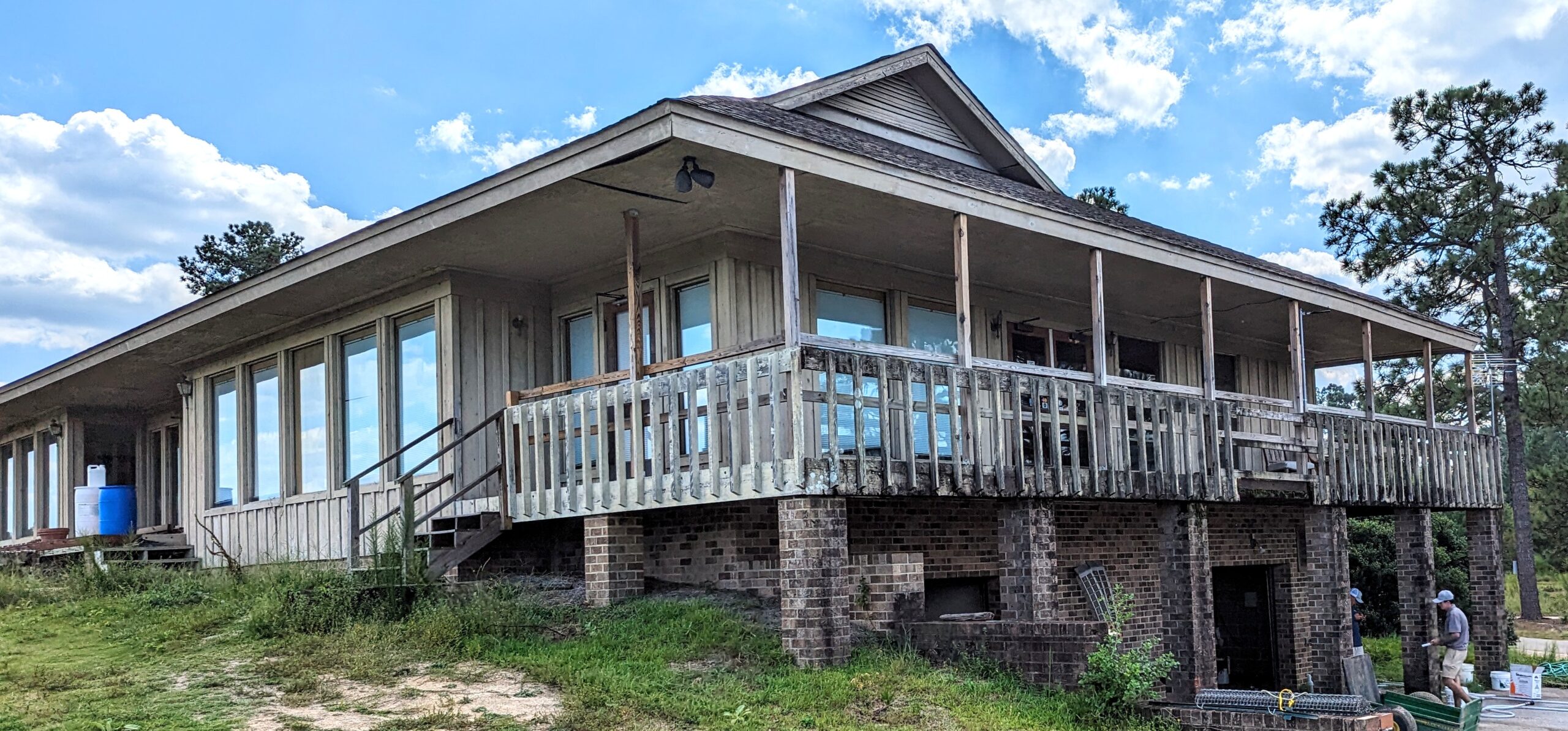
 ABERDEEN, North Carolina – The Pinehurst area has dubbed itself “Cradle of American Golf,’’ and there’s no argument here – especially given what’s coming soon.
ABERDEEN, North Carolina – The Pinehurst area has dubbed itself “Cradle of American Golf,’’ and there’s no argument here – especially given what’s coming soon.
The Pinehurst Resort has announced that it’ll open its 10th course, called Pinehurst 10, on April 3, 2024. Soon after that the U.S. Golf Association will open its Golf House Pinehurst to the public on July 1 with the World Golf Hall of Fame to be ready soon after that. The USGA is moving is headquarters from New Jersey to Pinehurst and the Hall of Fame is being shifted from St. Augustine, FL. Construction is well underway on both projects, to be located between The Carolina Hotel and the No. 1 tee of Pinehurst No. 2, the site of the 2024 U.S. Open in June.
For the golf traveler, the opening of a 10th course may be more significant – especially when you know that Pinehurst No. 11 is already on the drawing board. No. 10 also has USGA ties.
“Pinehurst gave us 40 acres of land over there, some of which will be used as our test pavilion for clubs and balls’ compliance,’’ said Janeen Driscoll, director of brand communications for the USGA. Turfgrass research may also be done there, too.
First things first. No. 10 will have a good story to tell once it opens. Reservations are already being taken for players wanting to be among the course’s first players. It’ll be the first original course built by Pinehurst in nearly three decades.
No. 10 is a Tom Doak design that was put together in a surprisingly short time on land that once housed The Pit, a Dan Maples design that was built in the early 1980s. Its revival was rumored for a long time. This is no revival story, however.

“The Pit was successful for a long period,’’ said Bob Farren, director of golf course & grounds management at Pinehurst. “Traveling guys always wanted to play The Pit. It had its niche. It was really a unique golf course – rugged, short, mounds of dirt. It was successful for 25 years. Then Michael Strantz built Tobacco Road.’’
Farren describes Tobacco Road as “a larger-scale version of The Pit.’’
“It became the next must-play course, and that didn’t bode well for The Pit, ‘’ said Farren. “In 2008-09 we owned the property by it, and The Pit had been closed. Pinehurst bought it in 2010, and that brought us up to 900 acres over there.’’
For a decade nothing was done with that land, then the decision-makers came to an agreement. Doak would build a new course there, but getting the project going wasn’t easy.
“Tom wanted to do the job, but couldn’t do it until 2025 or 2026 (because of other projects he was working on),’’ said Farren. “We wanted it done this year. Tom said that could be done, but it’d have to be finished by September. We had doubts about that, what with getting permits and things like that.’’
Getting a crew together at short notice was a problem, too. A New Jersey firm said it could have 65 people there in January, but two-thirds would have to be taken away (for other projects) in six months. No problem. The work would begin. Clearing started in late December of 2022 and the real work started in January. Angela Moser came on site as Doak’s associate architect and when we visited in mid-September Pinehurst No. 10 looked very much like a soon-to-be intriguing golf course.

While that work was being done the Pinehurst hierarchy was already making plans for No. 11. Nothing’s been announced yet, but Farren is sure it will be coming. The architects have been chosen and preliminary work has begun. This project has an interesting history, as well.
“Robert Trent Jones (Sr.) had owned the property there, and we bought it,’’ said Farren. “Rees Jones (son of Robert Sr.) had built our No. 7 course and the first version of No. 4.’’
A Jones-designed course was planned for that property when Pinehurst bought the land.
“Then 9/11 happened. We had wanted to build a village there but then we had to put a chain on the gates,’’ said Farren.
That’s where the No. 11 project stands now, but probably not for long.
“No. 10 will be a concept for 3-5 years, then it’ll be a destination by itself with No. 11 beside it,’’ said Farren. “We’ve got the routing on the ground. There’ll be cottages so people can stay on the property.’’
A tour of No. 10 with Farren verified his claim that “it’ll be an entirely different course than The Pit. It’ll be cut from the same fabric as No. 2 and No. 4 together – broad, expansive fairways, centipede turf rough with native sandscape and some wiregrass plants in the bunkers.’’
The 10th hole of No. 10 will be a 640-yard monster with lots of humps and bumps. There won’t be much water on the course, mainly just an irrigation pond at No. 17, and when it opens the course will be walking-only with caddies. With 75 feet of elevation change it’ll make for a good walking course.
Nos. 9 and 15 will share a tee placement. There’ll be three types of bunkers, and they’ll be hazards with native plants in them. A bald eagle has made a home at No. 10 but the most talked about hole will be the par-4 eighth. The tee shot there will be over (or around) an unusually high mound and four more such mounds surround the green. It’ll be a hole you won’t forget.
One thing won’t be ready at opening. There won’t be a clubhouse until 2025. The last remnant of The Pit is its old clubhouse. It’s still standing, and has been used to house interns working on the course. For now it’s a landmark, but down the road probably not.

